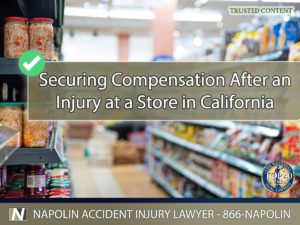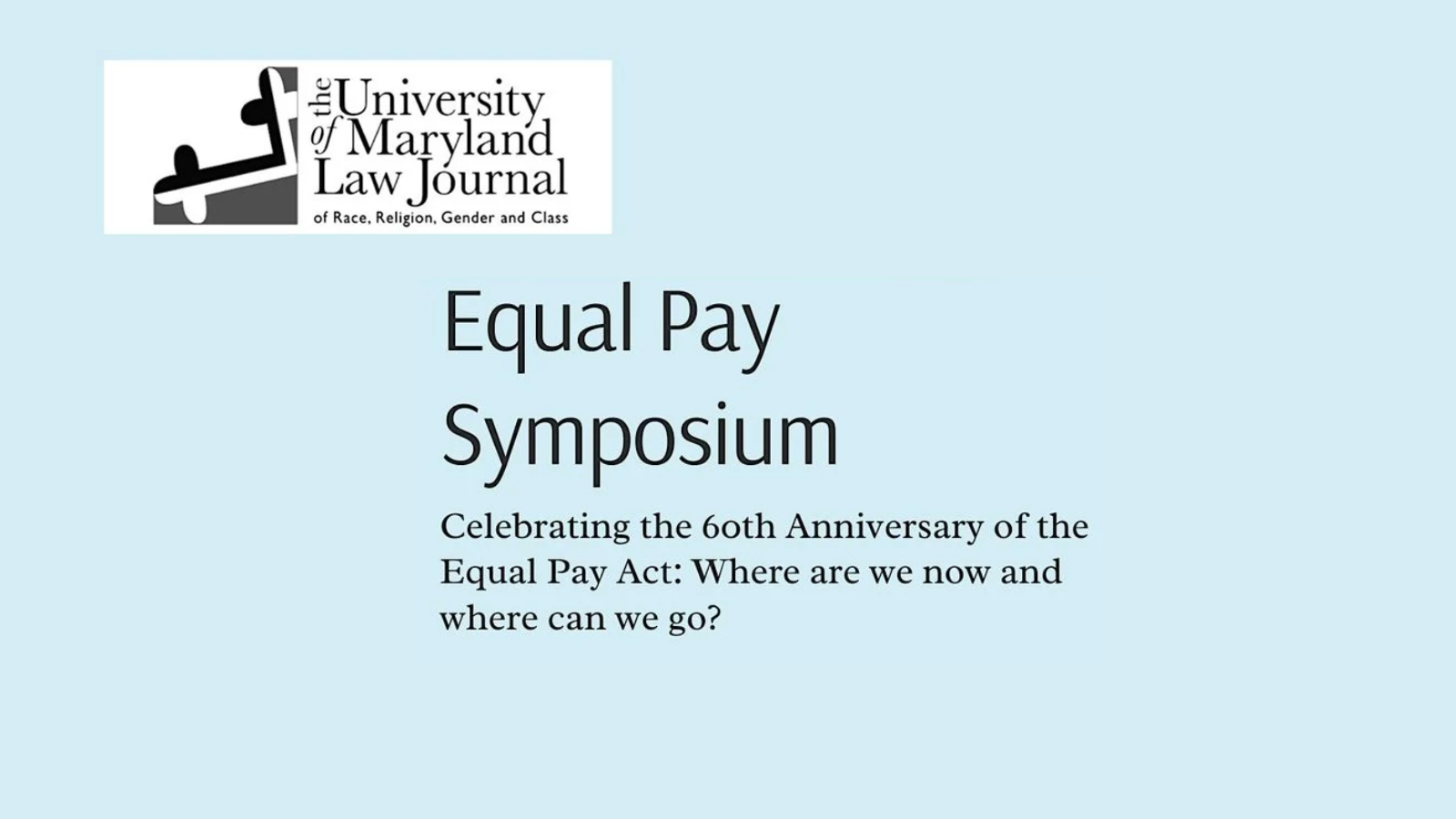Securing Compensation After an Injury at a Store in California – Technologist
Accidents can happen anywhere, but when they occur at a store due to the negligence of the store owner or manager, injured victims have the right to seek compensation. In California, premises liability law protects customers from dangerous conditions and unsafe environments. However, pursuing a premises liability claim can be challenging without a clear understanding of the law and the specific rights of injury victims. This article provides comprehensive guidance on understanding your rights and securing compensation after being injured in a store.
Understanding Premises Liability Law in California
Premises liability refers to the legal responsibility of property owners or managers to ensure their property is safe for visitors. Under California law, store owners have a duty of care to maintain a secure environment. If a customer is injured due to the store’s negligence, they may have grounds for a premises liability claim. The duty of care extends to all customers and requires store owners to regularly inspect their premises and promptly address any hazards that could cause injuries.
To establish a premises liability claim in California, the following elements must be proven:
- Duty of Care: The property owner owed a duty of care to maintain a safe environment.
- Breach of Duty: The property owner breached this duty by failing to correct or warn about a dangerous condition.
- Causation: The breach directly led to the customer’s injury.
- Damages: The customer suffered physical, emotional, and/or financial harm.
Establishing each of these elements is crucial for a successful premises liability claim. The injured party must show that the store owner or manager failed to meet the standard of care expected of a reasonable person in similar circumstances. The injured party must also provide evidence that directly links the store’s negligence to their injuries and demonstrates the extent of their damages.
The Duty of Care for Retail Store Owners
Retail store owners have a legal obligation to keep their stores safe for customers. This includes:
- Conducting regular inspections of the store and surrounding areas.
- Fixing or warning customers about known hazards.
- Maintaining adequate lighting and security measures.
- Ensuring proper maintenance of elevators, escalators, and other equipment.
- Training staff to recognize and address potential hazards promptly.
- Maintaining clear walkways and aisles free of clutter and debris.
Failure to uphold this duty can result in a premises liability lawsuit if a customer is injured. For example, if a store owner is aware of a wet floor but fails to clean it up or provide warning signs, they may be held liable if a customer slips and falls. Similarly, if a store fails to replace a burnt-out light bulb in a stairwell, leading to a customer tripping and falling, the store could be held responsible for any resulting injuries.
Retail store owners should also ensure that their premises comply with all relevant safety regulations and building codes. This includes maintaining functional emergency exits, ensuring that fire extinguishers are readily available, and providing adequate lighting in parking lots and other areas. By adhering to these guidelines, store owners can minimize the risk of accidents and protect their customers.
Types of Store Injury Cases Covered Under Premises Liability
Types of Store Injury Cases Covered Under Premises Liability
Slip-and-Fall Accidents
Slip-and-fall accidents occur when customers slip on wet floors, uneven surfaces, or debris. Store owners must promptly clean up spills and remove tripping hazards. Failure to do so can lead to severe injuries such as broken bones, sprains, and head trauma. In some cases, slip-and-fall accidents can result in long-term disabilities that require extensive medical treatment and rehabilitation. Injured customers should document the accident scene and seek immediate medical attention.
Inadequate Maintenance of the Store
Broken stairs, missing handrails, faulty elevators, and escalators are examples of inadequate maintenance leading to injuries. Stores must regularly inspect and repair their facilities to ensure customer safety. For instance, if an escalator malfunctions due to poor maintenance, the store could be held liable for any resulting injuries. Similarly, missing handrails on staircases can cause customers to lose their balance and fall, leading to fractures and other injuries.
Falling Merchandise
Unsecured merchandise on shelves can fall and injure customers. Proper shelving practices and regular checks are crucial. Store owners must ensure that heavy items are placed on lower shelves and that all merchandise is securely stacked. Additionally, staff should regularly inspect shelves to identify and address any potential hazards. Injuries from falling merchandise can range from minor bruises to severe head injuries, depending on the weight and height of the falling items.
Negligent Security
Lack of security measures in parking lots, stairwells, or dark areas can lead to assaults or thefts. Stores should provide adequate lighting and surveillance. For instance, security cameras should be strategically placed to cover all areas of the store, and parking lots should be well-lit to deter criminal activity. Inadequate security can lead to not only physical injuries but also emotional trauma for victims of assaults or thefts.
Defective or Hazardous Conditions in Parking Lots and Sidewalks
Potholes, uneven pavement, and poor lighting in parking lots and sidewalks can lead to injuries. Stores should regularly inspect and repair these areas to ensure customer safety. For example, filling potholes and repainting parking lines can help prevent trips and falls. Additionally, providing adequate lighting in parking lots can reduce the risk of accidents and improve visibility for customers walking to and from their vehicles.
Common Causes of Store Injuries
- Wet floors leading to slip-and-fall accidents.
- Poorly lit areas causing trips or falls.
- Broken or missing handrails on stairs.
- Unsecured merchandise falling from shelves.
- Debris or cluttered aisles.
- Malfunctioning elevators or escalators.
- Negligent security resulting in assaults or thefts.
- Defective or poorly maintained parking lots and sidewalks.
- Insufficient staffing leading to inadequate hazard monitoring.
- Failure to follow proper safety protocols and building codes.
Store owners should proactively address these common causes of injuries to create a safer shopping environment. By implementing regular inspections and maintenance schedules, training staff to identify and rectify hazards, and ensuring compliance with safety regulations, store owners can reduce the risk of accidents and protect their customers.
 Proving Negligence in a Store Injury Case
Proving Negligence in a Store Injury Case
To prove negligence in a store injury case, a plaintiff must demonstrate one or more of the following:
- The store created the hazardous condition that caused the injury.
- The store knew about the hazardous condition but did not fix it.
- The store should have discovered and fixed the hazardous condition.
Proving negligence can be complex. The third element requires showing that the hazard existed long enough for the store to have reasonably discovered and rectified it. For instance, if a spill was present for several hours before a customer slipped and fell, it could be argued that the store staff should have noticed and cleaned up the spill. However, if the spill occurred just moments before the accident, proving negligence may be more challenging.
Evidence is crucial in establishing negligence in a premises liability case. Injured customers should gather the following types of evidence:
- Photographs of the hazardous condition that caused the injury.
- Witness statements from other customers or store employees.
- Surveillance footage capturing the accident or the hazardous condition.
- Incident reports filed with the store management.
- Medical records documenting the injuries sustained.
An experienced premises liability attorney can help gather and present this evidence to build a strong case. They can also consult with experts, such as safety inspectors and medical professionals, to provide testimony that supports the injured party’s claims.
Steps to Take After a Store Injury
If you have been injured in a store, follow these steps to protect your rights:
- Prioritize Health: Seek medical attention immediately, even if injuries don’t seem severe. Delaying medical treatment can worsen injuries and make it difficult to prove that they were caused by the store accident.
- Report the Incident: Inform store management and obtain a written report. Make sure the report accurately describes the hazardous condition and how the accident occurred.
- Gather Evidence: Take photos, collect witness contact information, and document injuries. If possible, obtain surveillance footage and any other relevant evidence.
- Keep Records: Maintain detailed records of medical treatment and expenses. This includes medical bills, receipts for medications, and records of missed workdays.
- Consult a Lawyer: Contact an experienced premises liability attorney to discuss your legal options. A lawyer can help you understand your rights, assess the value of your claim, and guide you through the legal process.
In addition to these steps, injured customers should avoid making statements to insurance adjusters or signing any documents without consulting their attorney. Insurance companies may try to minimize the payout by shifting blame or downplaying the severity of the injuries. An attorney can negotiate with the insurance company on your behalf and ensure that your rights are protected.
How Napolin Accident Injury Lawyer Can Help
Napolin Accident Injury Lawyer has extensive experience with premises liability cases. Our legal team has a proven track record of securing fair compensation for our clients while offering compassionate and personalized support throughout the process. We specialize in negotiation and litigation, ensuring that each case is handled with the highest level of care.
Our team is dedicated to protecting the rights of injury victims and helping them recover the compensation they deserve. We will fight to ensure that store owners are held accountable for their negligence. We also understand the challenges that injured customers face and strive to provide personalized support and guidance throughout the legal process.

Securing Compensation After an Injury at a Store in California
Securing Compensation After an Injury at a Store in California
Understanding your rights after being injured in a store is crucial in securing the compensation you deserve. Napolin Accident Injury Lawyer has the extensive litigation experience needed to help you navigate the complexities of California premises liability law. If you have been injured in a store, call (866)-NAPOLIN for a free consultation. Our dedicated legal team will provide personalized guidance to help you recover the compensation you deserve.
Don’t hesitate to reach out via phone, online contact form, or live chat for assistance. Our team is ready to help you understand your rights, build a strong case, and secure the compensation you need to cover medical expenses, lost wages, and other damages.


